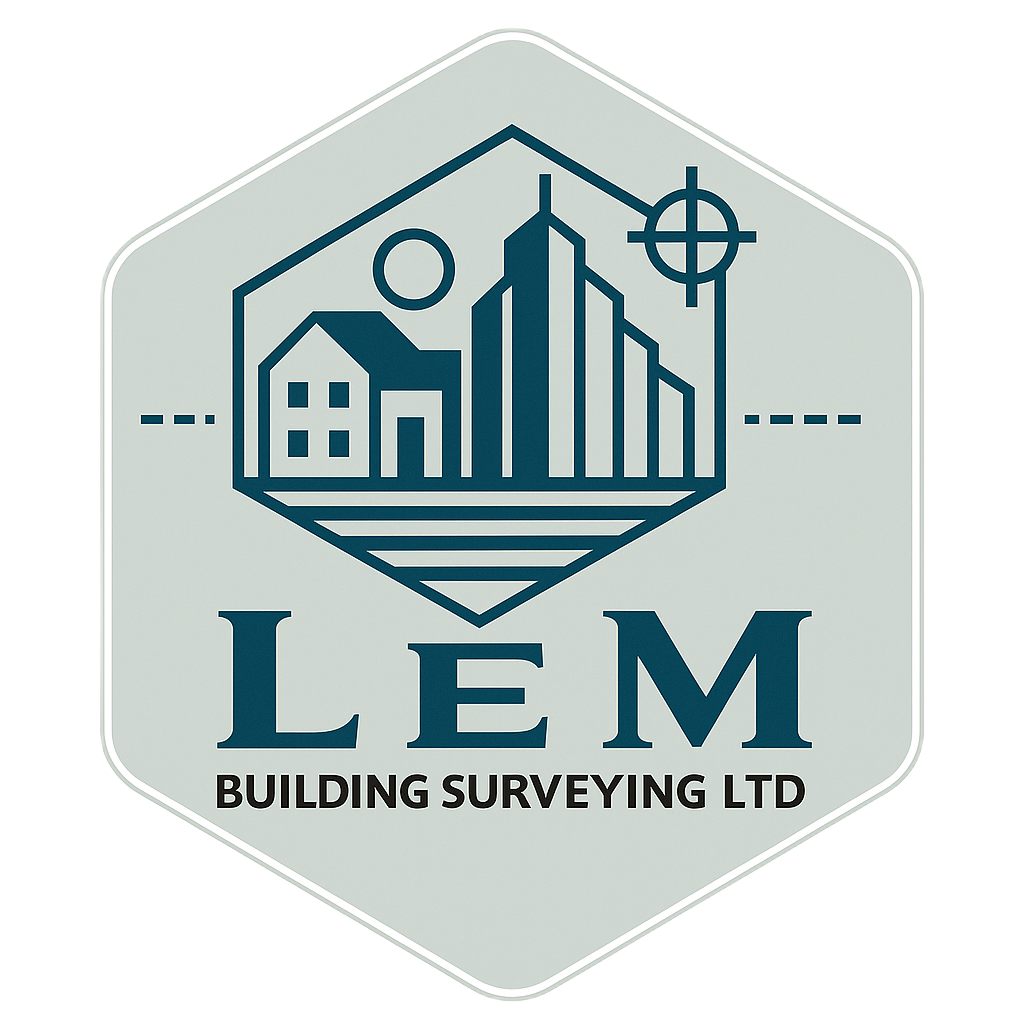Preserving Traditional Architecture: Damp‑Proofing Best Practices
Period and listed buildings hold immense cultural and architectural value, but their age and construction make them vulnerable to moisture. Unchecked damp can cause decay, structural damage and unhealthy living conditions. Protecting these properties requires a sympathetic approach that respects historic fabric while using modern diagnostic tools and materials. In this article we outline the sources of damp in heritage buildings and how to tackle them without harming their character.
Why Traditional Buildings Need Special Care
Older buildings often rely on stone, brick and lime mortar. These materials allow walls to “breathe” and manage moisture naturally. Modern waterproof coatings or injected chemical damp courses can trap moisture and accelerate decay. Damp problems in traditional structures typically arise from three sources: rising damp from the ground, rainwater penetrating walls and roofs, and condensation caused by poor ventilation【369928778072063†screenshot】. Environmental changes, alterations to the building and neglected maintenance all worsen moisture issues.
Assessing Moisture Problems
A thorough inspection is the first step. Look for tell‑tale signs such as water stains, peeling paint, mould growth, salt deposits and musty smells. Don’t forget hidden areas like lofts, cellars and behind timber panelling. Professionals use tools like thermal imaging cameras and calibrated moisture meters to identify cold spots and damp profiles【953874428076310†screenshot】. Ventilation and drainage are also assessed because blocked gutters or high ground levels can funnel water into walls and floors.
Heritage Damp‑Proofing Principles
Conservation specialists agree on several guiding principles when dealing with moisture in historic buildings:
- Respect the building’s historical significance and retain original fabric wherever possible【499517230051474†screenshot】.
- Use reversible solutions so future owners can undo interventions without damage.
- Select materials compatible with the original construction – breathable lime plasters and renders outperform cement‑based products【64800177990885†screenshot】.
- Favour non‑invasive methods such as improved ventilation, rainwater management and drainage rather than intrusive chemical injections【422980790881186†screenshot】.
- Consult accredited conservation surveyors or engineers before undertaking major works.
Moisture Control Methods
Once the sources of damp are understood, a combination of preventative and remedial measures can help:
- Ventilation: Improve natural airflow by unblocking air bricks, opening redundant chimneys and installing unobtrusive vents. Good ventilation reduces condensation and allows moisture to evaporate from walls and timbers【64800177990885†screenshot】.
- Drainage and rainwater management: Clear gutters and downpipes, fit proper flashing and, where appropriate, install French drains to divert water away from foundations【64800177990885†screenshot】.
- Regular roof inspections: Repair missing tiles, cracked slates and damaged leadwork promptly. A watertight roof is the best defence against penetrating damp【64800177990885†screenshot】.
- Breathable repairs: Use lime‑based mortars, plaster and paint to encourage evaporation rather than sealing moisture in【64800177990885†screenshot】.
These low‑impact measures often resolve moisture problems without the need for chemical barriers. In some cases, however, a discrete physical damp course or targeted injection may be necessary – always choose methods that minimise disruption and are reversible【422980790881186†screenshot】.
Maintenance and Monitoring
Regular upkeep is the simplest way to protect traditional architecture. Repair cracked pointing, replace faulty rainwater goods and remove vegetation from walls. Keep the interior environment balanced by heating rooms evenly and ventilating kitchens and bathrooms. Monitoring humidity with inexpensive sensors helps you spot rising moisture before it turns into mould【630009109859803†screenshot】.
When you own a period property, preventative care preserves both its value and its charm. Our Damp & Mould Surveys and Timber Investigations provide expert guidance and tailored recommendations for heritage buildings across Chester, Wrexham and Flintshire.
Conclusion
Protecting traditional architecture requires understanding how moisture behaves in historic materials and addressing problems sensitively. By identifying damp sources, following conservation principles and prioritising breathable repairs, you can safeguard your period home for generations to come.
To discuss heritage damp issues or arrange a survey, call 07378 732037 or request a quote online.
